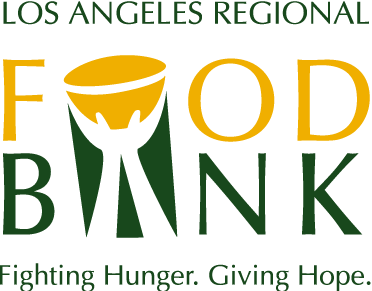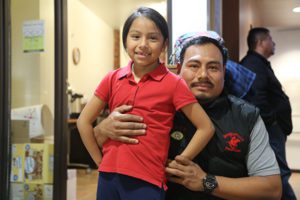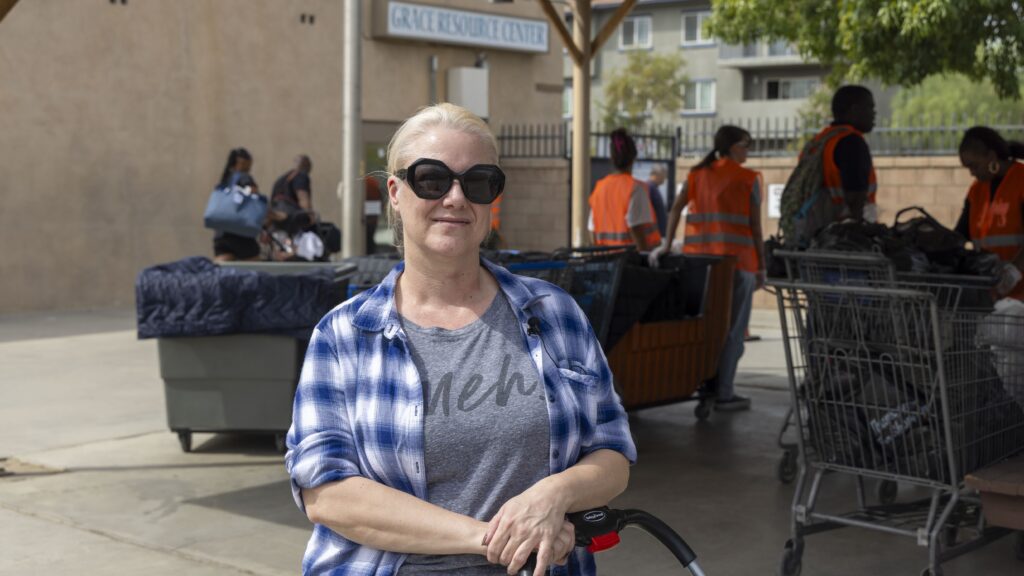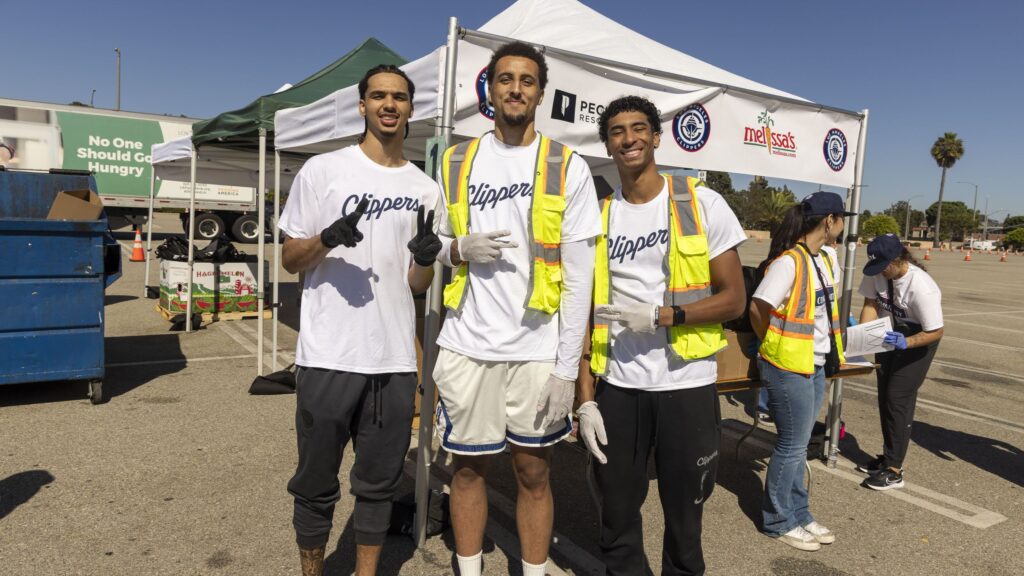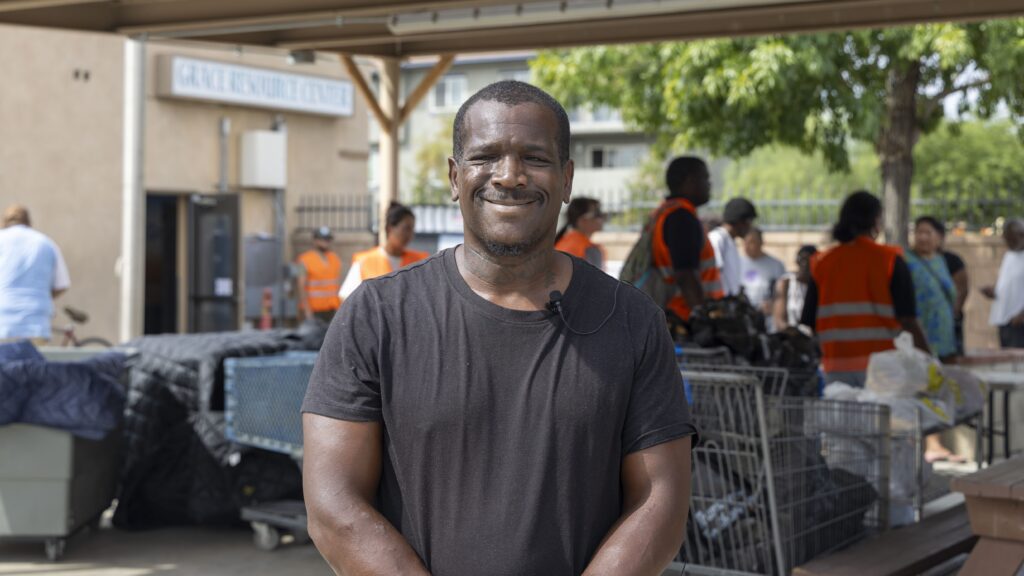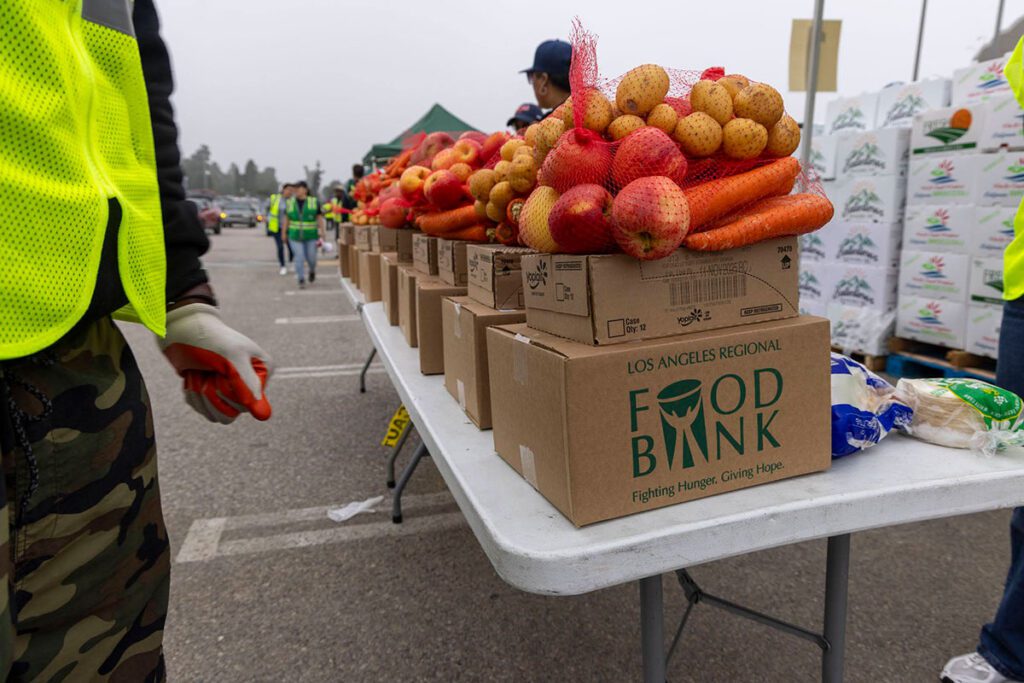Pasadena City College Fights Hunger on Campus
Pasadena City College Fights Hunger on Campus
Providing for the College Community
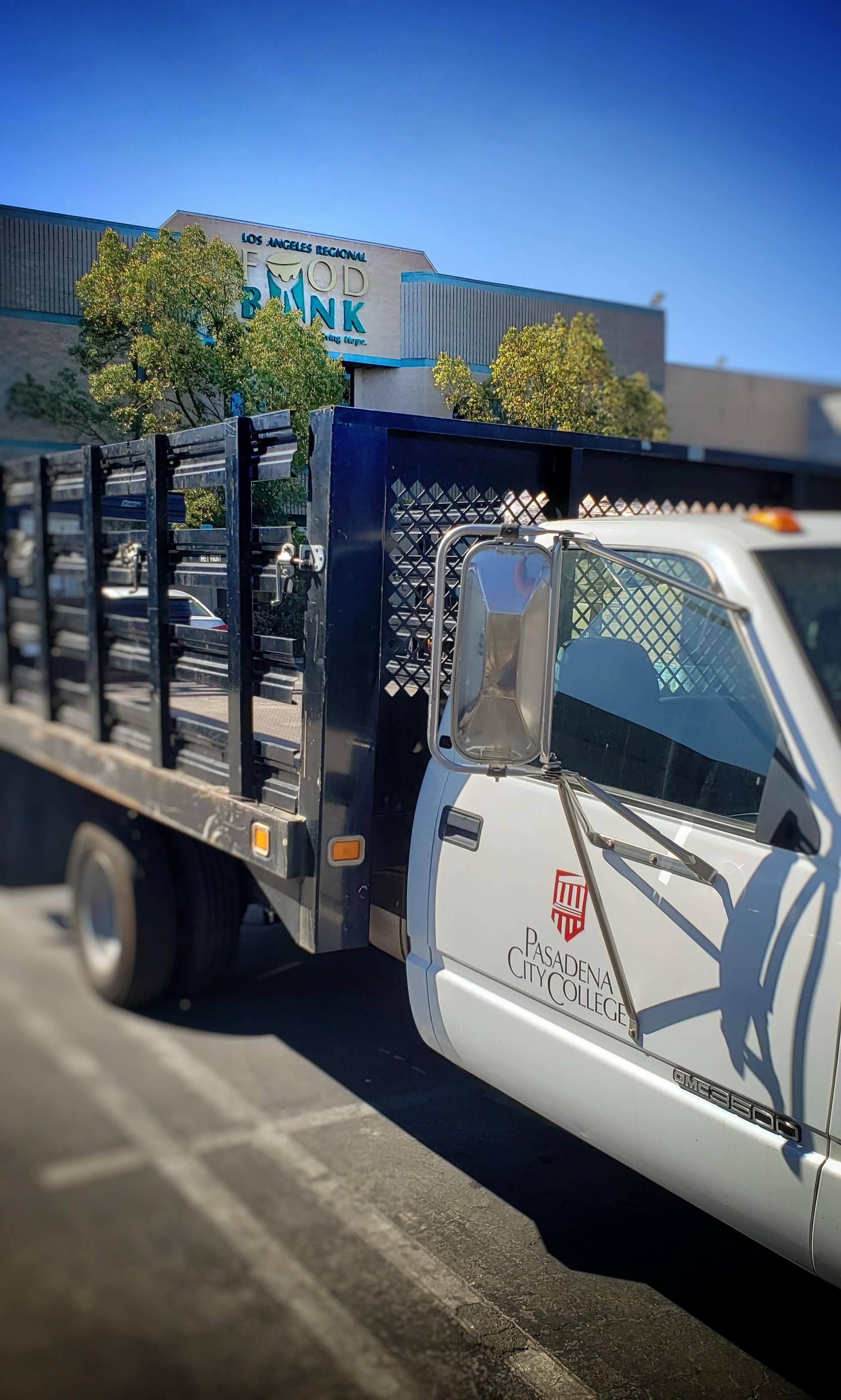 “I can’t begin to share how grateful I am for our partnership with the Food Bank. At least 80% of our food comes from the Los Angeles Regional Food Bank, and without this lifeline, our Pantry would not be able to meet the needs of our students.”
“I can’t begin to share how grateful I am for our partnership with the Food Bank. At least 80% of our food comes from the Los Angeles Regional Food Bank, and without this lifeline, our Pantry would not be able to meet the needs of our students.”
James D. Bull is the Compliance, Outreach and Marketing Specialist for the Pasadena City College (PCC) Pantry. “Every other week, a truck from the Food Bank drops off a massive order of food to PCC and usually, one or two times a month, I will get a van from the carpool and go to the Food Bank warehouse to ‘dock’ shop for additional items we might be running low on. And, once a month, the Mobile Food Pantry comes to campus. This visit is always a huge event because of all the food and other resources to help end hunger on campus that the Food Bank brings that day.”
If you really want to understand the reality of college hunger, the PCC campus is a good place to learn. PCC is a community college that enrolls about 30,000 students every semester. More than four of five of the PCC students are persons of color, and the vast majority are first-generation college attendees. A sizable percentage of PCC’s students are parents. Some are the only source of income in their households. More than 60% of PCC students receive free or reduced tuition. The federal government, however, estimates that the average cost of attending PCC even after receiving aid is $5,574 a year. It is this gap between aid and the actual cost to attend college that drives hunger on college campuses.
In 2019, the PCC Pantry had more than 20,000 visits. James believes that there are many more food-insecure students at PCC who they haven’t reached.
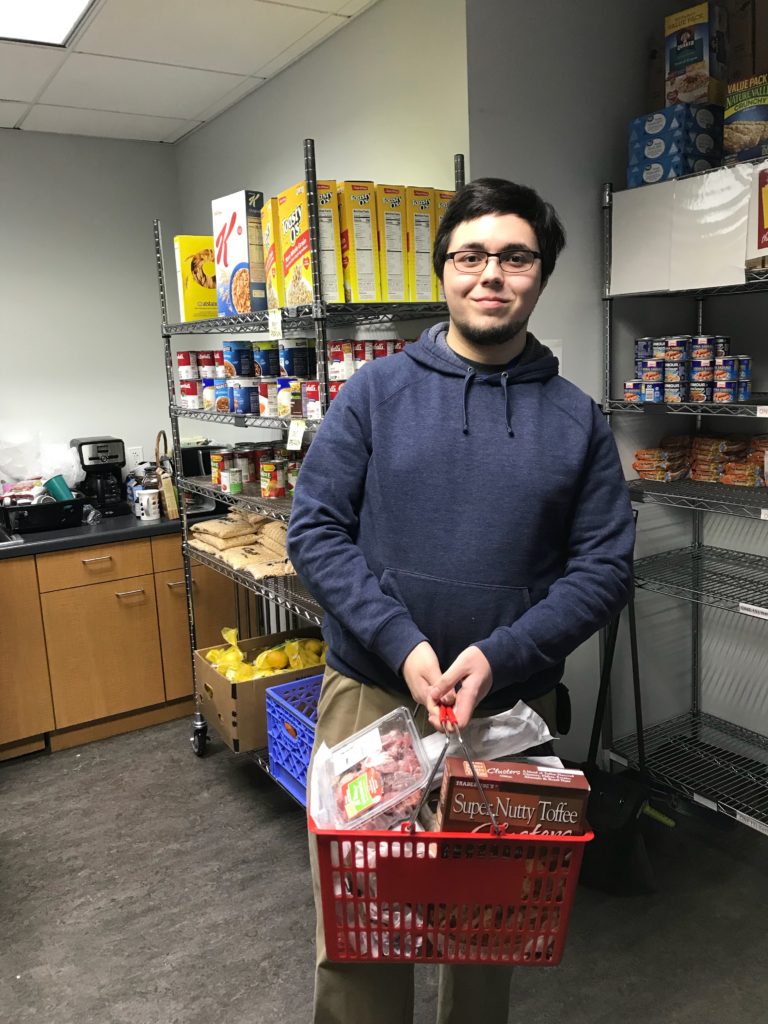
James is particularly excited that PCC joined the Food Bank’s Extra Helpings Program early in 2019. The Pantry now picks up excess food that would otherwise be disposed of from a Pasadena grocery store three times a week. These pickups often include fresh protein, vegetables and fruit.
James often talks to his counterparts at other college food pantries and is grateful for the level of support his administration gives the pantry. He is also impressed by the commitment of the Food Bank to making sure he has what he needs to help his students. Finally, James wants to express his gratitude to the Food Bank’s supporters. “Thank you.”

